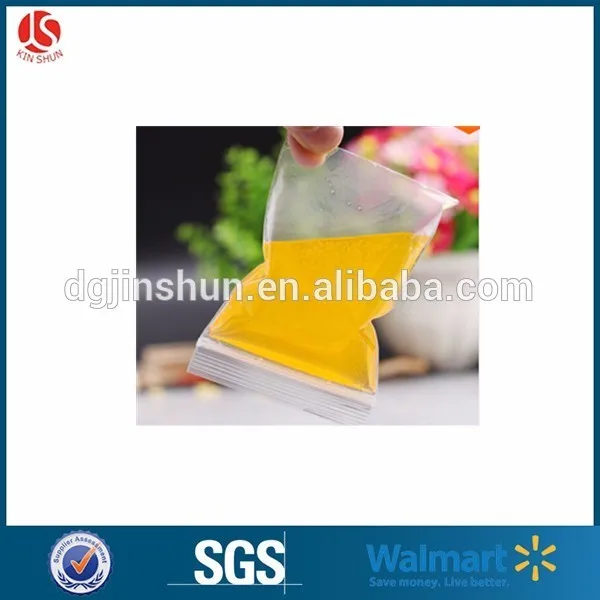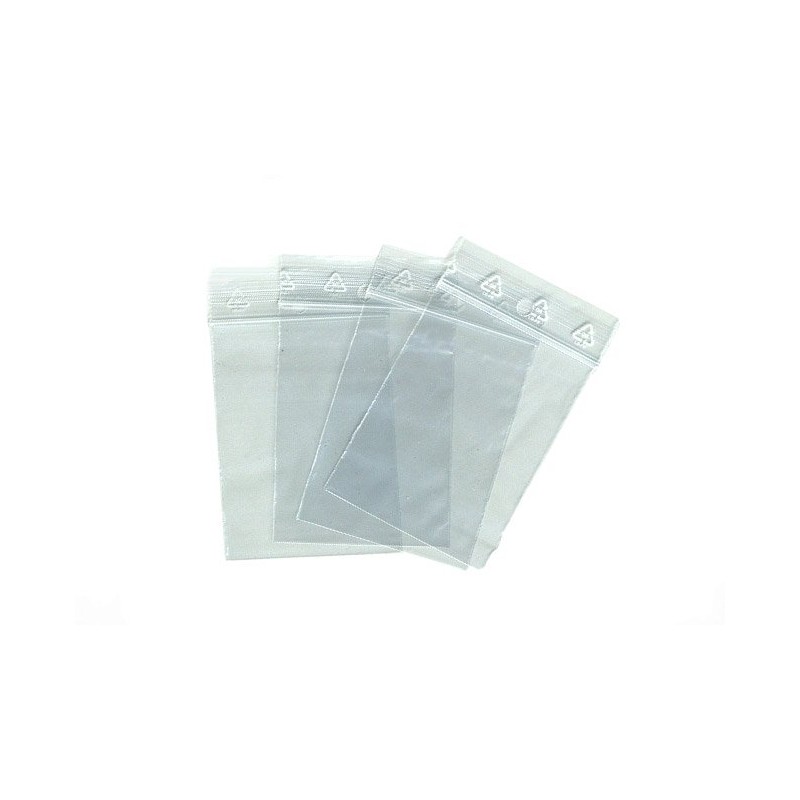
All Ziploc ® brand Containers and microwavable Ziploc ® brand Bags meet the safety requirements of the U.S. When label directions are followed, Ziploc ® brand products can be used with confidence. Even if you reached 1500F (theoretically), all Ziploc ® brand products are 100% dioxin-free. The most powerful kitchen microwave oven will never reach this temperature. Dioxins only form when chlorine is combined with extremely high temperatures (such as 1,500 degrees F).

After we researched these claims, it became clear that the information was misleading and unnecessarily alarming. The presumption argued that a combination of fat, high heat and plastic releases dioxin into food and ultimately into the cells of the body, which would then increase the risk of producing cancerous cells. Dioxin FreeĪ few years back, concerns were raised about the alleged dangers of using plastics in microwaves. Many reports of this study note that this chemical is commonly found in plastic food storage containers. BPA is commonly used in the manufacture of certain plastic products such as food-can coatings, milk-container liners, food containers, and water-supply pipes. A recent study conducted and published by the University of Cincinnati found that the estrogen-like chemical bisphenol A (BPA) has been shown to encourage the growth of a specific category of prostate cancer cells. Our products are extensively evaluated for toxicity and safety and comply with applicable quality and safety regulations. SC Johnson’s Ziploc ® brand Bags and Containers are BPA free. When it’s time to replace a used container, that used container can be converted into something new, instead of more trash for a landfill. That’s good news all around.Ziploc ® brand containers are made from polypropylene and can be recycled in a limited (but growing number) of communities. When containers get reused, less trash ends up in landfills and less manufacturing energy is expended. We’ve designed all Ziploc ® brand containers to be used multiple times. You can also visit these key plastic recycling organizations for more information: TREX, Hilex and AERT. Composite lumber is used for fences, benchs, decks, door and window frames, and even playground equipment. The majority of recycled plastic bags become composite lumber. Toilet paper, napkin and paper-towel wraps.

Just Drop ‘Em OffĬertain locations, like recycling centers and retail stores, have set up drop-offs for plastic bag recycling. Simply put, recycling protects the environment for children, grandchildren, and great grandchildren.

Recycling conserves energy and natural resources, reduces pollution, and helps prevent landfills from filling up. The process of recycling uses far less energy than manufacturing with brand new raw materials. To learn more about recycling plastic bags, visit. Your used Ziploc ® brand bags (clean and dry) go in the same bins as those plastic shopping bags. Really! Just look for the bin next time you’re at your local participating store. Yes, it’s true, Ziploc ® brand bags are recyclable.


 0 kommentar(er)
0 kommentar(er)
